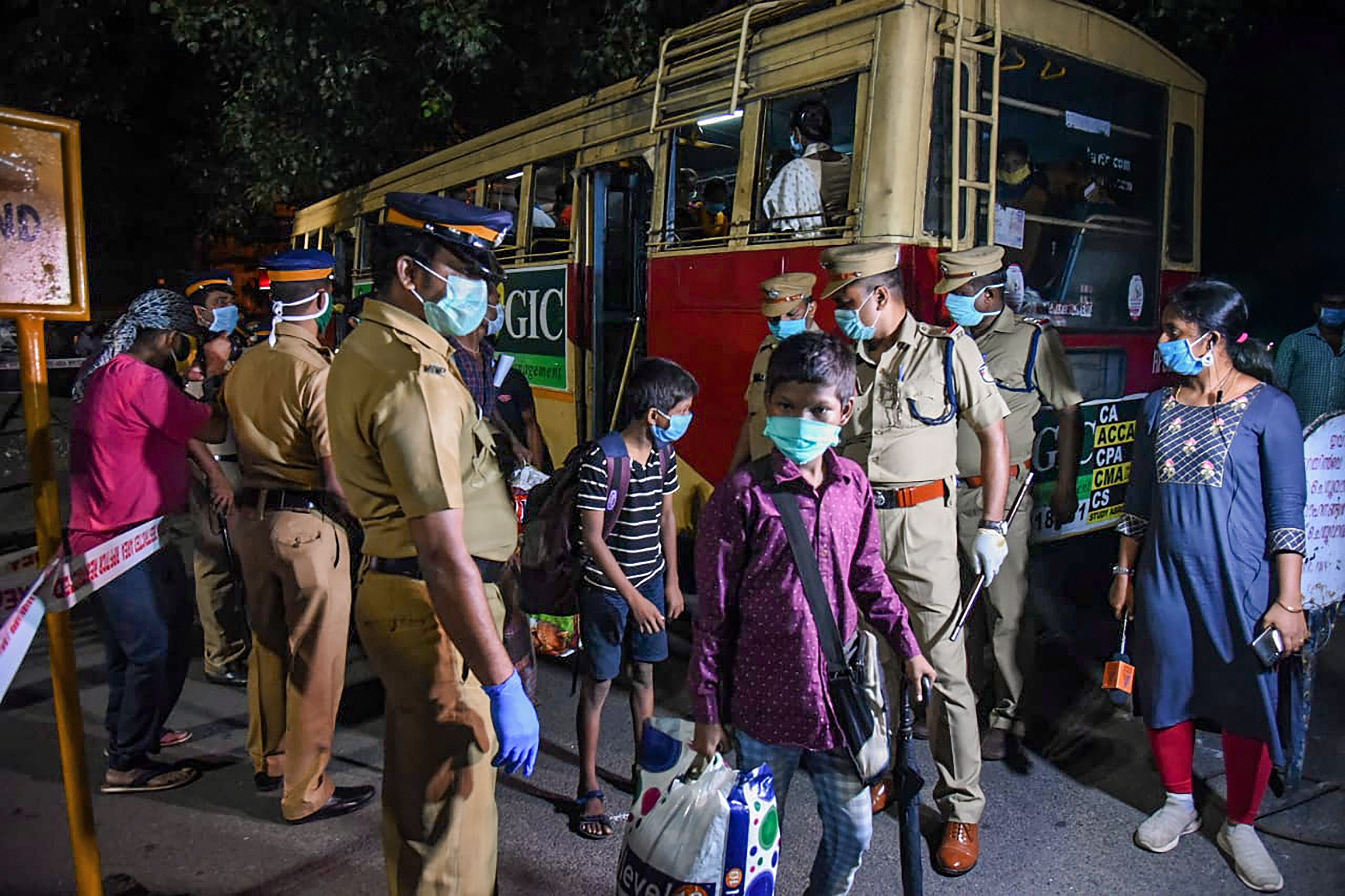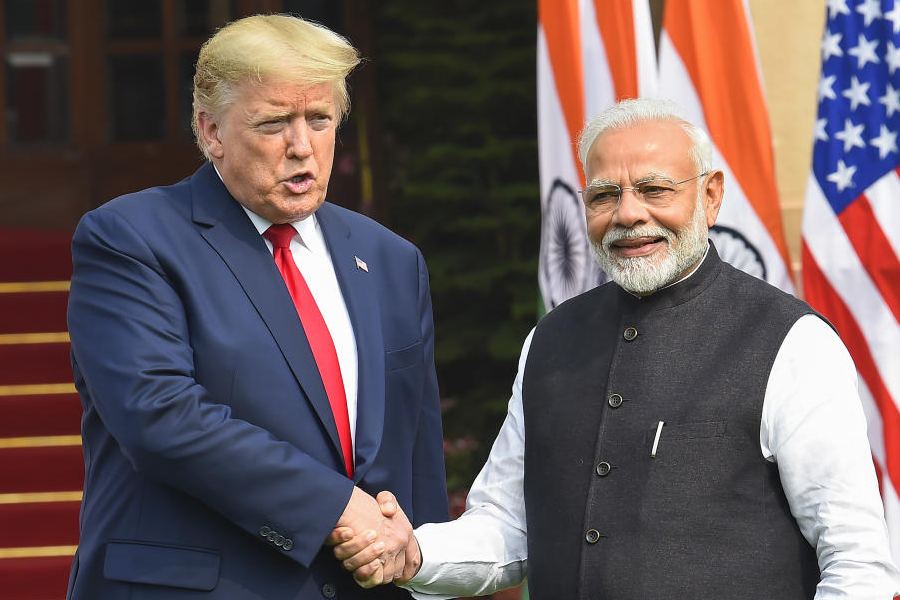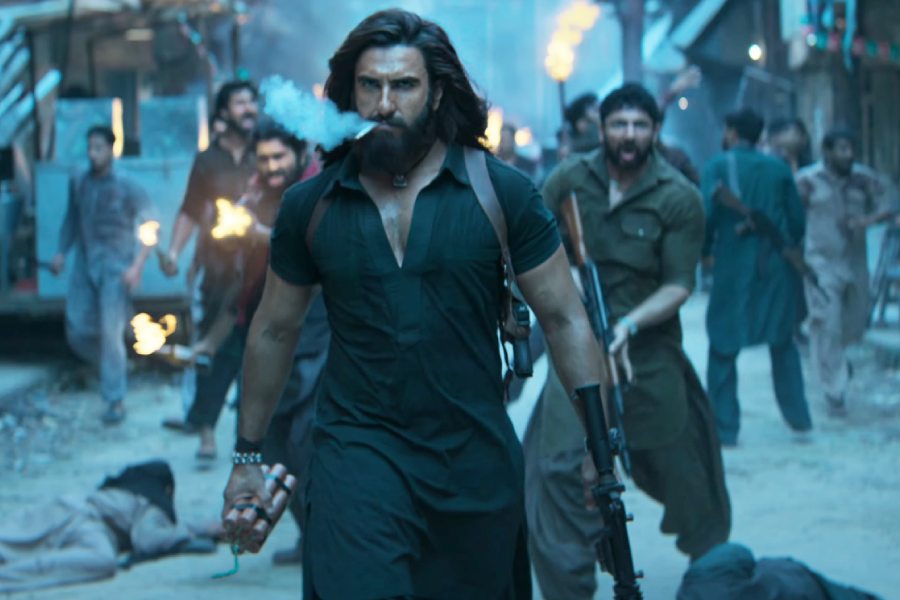It’s an ill wind that blows nobody any good. The heavy violet-black powder of Mellish’s Own Invincible Fumigatory that smoked like a volcano, sending up fat, greasy wreaths of copper-coloured smoke and filling Peterhoff, Simla’s old viceregal lodge, with a pungent and sickening stench, did not kill cholera (“a germ that propagated itself as it flew through a muggy atmosphere; and stuck in the branches of trees like a wool-flake”) in Kipling’s story, A Germ-Destroyer. But it did enable the viceroy to get rid of his irritatingly officious secretary.
Compared with the four horsemen of the apocalypse, the Black Death and Great Depression, the Covid-19 pandemic is beyond historical analogy. The one message loud and clear for India is that no government worth its name lives by slogans alone. The country may be a little better prepared for crises if, instead of deluding themselves with bombastic nonsense like “Digital India” and “Connecting the Unconnected”, our rulers attend more to old-fashioned assets like schools, hospitals, nurses’ training, civic improvements and hygiene and sanitation. The current pause is an opportunity to take stock of priorities and make amends for the lunacy of successive regimes that neglected Indians to promote their idea of India.
This seemed excusable in Jawaharlal Nehru’s time when the sacred cause of development justified everything. That promise is now India’s oldest tradition. Although still not as old as America’s youth which has been going on for 300 years according to Oscar Wilde, development has enabled our rulers to dine out on hope and promise for the last 73 years. Even the massive loans sanctioned by complaisant or conniving banks recall amidst an occasional flutter of acrimony those halcyon times when leading businessmen were supposed to use the money to usher in an era of vibrant national growth but slipped it into their own pockets instead. Katherine Eban’s Bottle of Lies vividly described the fabrication of reports and falsification of data that brought low a once highly reputable Indian company with a global reach. That sordid cycle may be repeated again as businessmen are egged on to exploit ‘hatred’ of China to lure foreign investors.
Reality means the poor who are always with us. With 30 million out-of-work Americans claiming benefits, imagination boggles at the anguish in store for Indians who will have no benefits to claim as jobs vanish and wages are cut or not paid at all. The Centre’s contemptuous — and contemptible — response to the plight of migrant workers hardly suggests it will make any attempt to find the
Rs 65,000 crore that Raghuram Rajan calculates are needed for the poor. With the lives and livelihood of millions of men, women and children at stake, the March 24 lockdown should have been accompanied by an announcement that the armed forces were being detailed to set up temporary camps and provide food and transport for their time-bound transfer under military supervision to their ultimate destination. Instead, the authorities dilly-dallied for five weeks while people starved and some died before throwing the burden on state governments without the money, experience or institutional resources for the task.
One can anticipate the panic as soon as restrictions are removed. A stampede of internal migrants — a staggering 139 million before the lockdown — seems inevitable. Then will follow the resumed flight to greener pastures: with 30 million unskilled or semi-skilled Indians toiling in the Gulf and South-east Asia and suffering the not-always-muted abuse of rich, lighter-skinned employers, India is the “coolie sardar” of the prosperous world. Their plight worsens during disasters. Singapore’s more than 323,000 migrant workers (mainly Indian and Bangladeshi) are confined to 43 mega-dormitories and 1,200 other places of residence where they are largely restricted to cramped rooms that house up to 20 people. An article in the local Chinese-language daily, Lianhe Zaobao, blamed Covid-19 on the lack of hygiene among these foreigners as well as their cultural differences with Singaporeans in matters like cleanliness.
The anger and frustration born of such slurs over the years exploded in a riot in Singapore’s Little India district in 2013 when a 33-year-old Tamil construction worker was run over and killed by a private bus driven by an ethnic Chinese. Several Tamil workers were punished but India’s high commissioner, Vijay Thakur Singh, appeared on television on a conducted tour of an obvious showpiece dormitory gushing how well Indian workers lived. Tommy Koh, a respected veteran diplomat who was Singapore’s United Nations permanent representative, recently gave the lie to her propaganda. “The dormitories were like a time bomb waiting to explode,” he said. “They have now exploded with many infected workers.”
Singapore has many kindly and generous people like Tommy. But does India have to rely on their charity while it spends Rs 2,021 crore on the prime minister’s gallivanting abroad, to say nothing of the $1.18 billion cost of two Boeing 777-300ER aircraft with exactly the same attributes as Air Force One so that India’s president and prime minister can jet around the world imagining they are Donald Trumps? Any pride in being the world’s third biggest spender on arms seems obscene since India ranks a lowly 116th in per capita gross domestic product. That makes the Rs 20,000-crore Central Vista project even more like Ozymandias’s egotistical folly even if the purpose is not to rewrite history. Vallabhbhai Patel’s colossal statue wasted nearly Rs 3,000 crore; it also showed up India’s technological inadequacy since the entire outside is Chinese.
These scandalous imbalances arise mainly because of our obsession with how outsiders see India. New Delhi is angry with the United States Commission on International Religious Freedom but it should also remember the impression India has conveyed since before Narendra Modi’s mocking “miyan” for a Muslim representative of the Congress and rejection of a Muslim cap. Hindu lynch mobs, love jihads, TV anchors foaming at the mouth about the Tablighi Jamaat convention, saffron flags, no-entry signs for Muslims and attacks on mosques and muezzins culminated in Suresh Tiwari, a Uttar Pradesh legislator, recently urging a boycott of Muslim vendors. Hence the Islamophobia complaint by the Organisation of Islamic Cooperation and sundry Arab dignitaries prompting Modi’s hastily placatory LinkedIn post about Covid-19 being blind to “race, religion, colour, caste, creed, language or border” and his attachment “to unity and brotherhood”, concluding, “We are in this together”.
The mismatch between pious words and crude actions, lofty principles and ugly reality makes it difficult for objective strangers to take India at its own grandiose valuation. Our cities epitomize the difference. They are bursting with people only because of the demographic explosion and because rural poverty drives villagers to seek whatever pickings cities might offer. This migration adds little value to urban environments. As the Calcutta Metropolitan Development Authority noted many years ago, and Covid-19 clusters have confirmed, rustic lifestyles are perpetuated only a few feet from zooming city traffic. No wonder many foreign countries don’t recognize Indian qualifications and oblige immigrant nursing sisters to retrain. The pandemic highlighted the neglect of an important profession where some incumbents have little training and little sense of hygiene and many lack pride in their noble calling. On a related matter, the Chinese plea that their rapid testing kits are not faulty but are manhandled here may well be worth investigating.
India has always been a land of contrasts. Fantasies like online retail sales of daily essentials perpetuate illusions since the national average internet access is only 23.8 per cent. As one of the poorest countries in the world India boasted in the Nizam of Hyderabad the world’s reputedly richest man. Now, Nobel Prize winners go hand in hand with barely literate graduates. This interregnum might serve some purpose if it encourages those in authority to consider how the gap can be bridged and India spared global ridicule.











